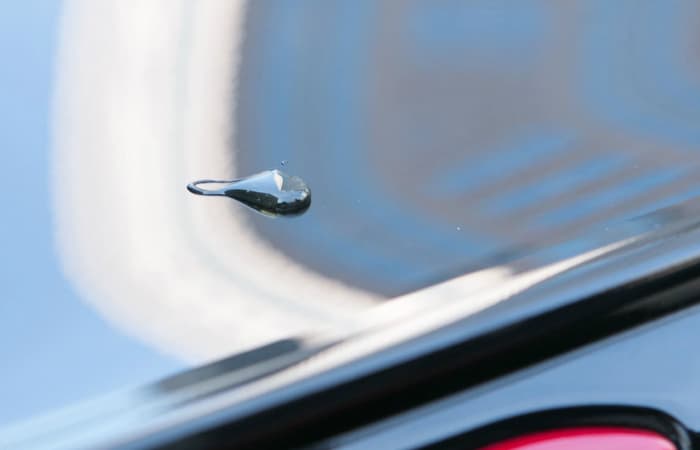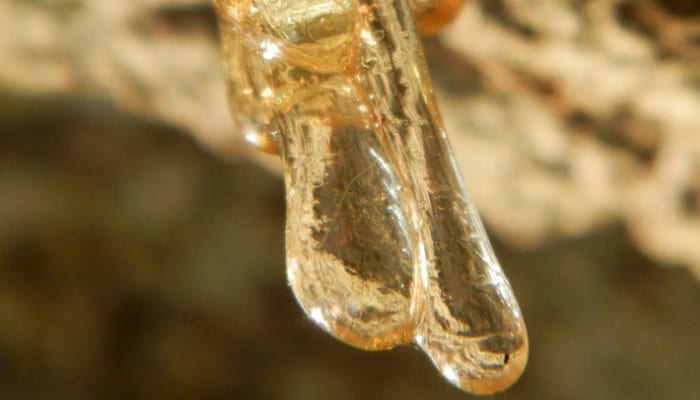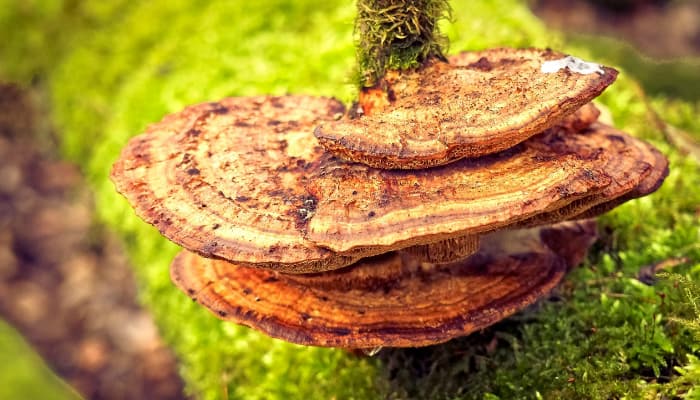Everybody hates it when their car is covered with dirt and grime. However, feelings get more intense when instead of mud or dust, you see drops of tree sap on your vehicle’s surface. Tree sap is so sticky, hence the challenge of removing it from the automobile. Despite the demand of the removal process, thank goodness that simple household tools can be used. That’s right; you can definitely remove tree sap on your own. To avoid panicking in case you spot sticky marks on your beloved vehicle, start learning how to get tree sap off your car!
How to Avoid Tree Sap
Before talking about different resourceful ways on how to get tree sap off your car, it is best to know first how to prevent it. After all, prevention is always better than cure.
Stay away from trees dripping too much sap.
Some trees are known for their excessive amount of sap. One of the most popular ones is the maple tree. No wonder the maple syrup industry never dies; maples really produce too much sap. One more tree known for its sap is the birch tree. Birch sap is not only popular as the main ingredient of some syrups; it can also be used for making beer.

Another tree you have to avoid if you do not want sticky sap on your car is the elm tree. Once a bark or limb suffers from damage, the elm tree produces an excessive amount of sap.
To have a higher chance avoiding sticky sap, do not park your car under maples, birches, elms, and trees known for their honeydew.
Avoid old or diseased trees.
Bad news: all trees can actually produce sap. However, some of them can resist pests and diseases that trigger bleeding. Still, one can eventually drip sap when it finally succumbs to the effects of deterioration.
The ultimate pests that induce tree bleeding are bark beetles. How is this even possible? The tree can detect an infestation, hence producing sap to fill the holes where bark beetles lay eggs. Thankfully, there are special insecticides formulated for eliminating bark beetles. But, you need to consult a licensed exterminator.
Interestingly, there are pests that do not actually induce sap but excrete another kind of sticky substance that can also damage your car. Pests like mealybugs, aphids, and scales eat sap, thus producing their own sticky excretion called honeydew. These critters can be exterminated with simpler methods such as horticultural oils and insecticidal soaps.

When it comes to tree diseases, fungi are common indicators. Meanwhile, wet wood is an actual example of infection. It is a common thing for elm trees. You can easily identify wet wood because the tree would have yellow leaves due to wilting and branches with dying tips.
How to Get Tree Sap Off Your Car
Sometimes, things happen even if you are very careful. If you see tree sap marks on your vehicle, do not let this ruin your day. Here are simple ways on how to get tree sap off your car:
Household Products
Look around your house for a hand sanitizer, a WD-40 solvent, alcohol wipes, or mineral spirits. All of these household products have the potential to remove tree sap from your car. However, you must apply them first on the vehicle’s hidden painted areas to check if they will affect your car’s particular type of surface. After all, they are not formulated for automotive care in the first place. Additionally, make sure to wash your car first with soap and hot water to make the removal process easier.
To apply hand sanitizer, just spray or pour a small amount of it on the tree sap. Wait for a few minutes before wiping it off. Use a clean cloth to rub off the sanitizer plus the sap. The sap should dissolve as you rub it.
If the hand sanitizer does not work, try the WD-40 solvent. Simply spray it on the tree sap. Wait for the sap to absorb the substance until it gets loose from the surface. After a few minutes, use a rag to wipe the sap off.
Another home remedy is alcohol, specifically 91 percent isopropyl. This time, however, you need to be quicker for alcohol evaporates fast. Once you get the cloth wet with alcohol, immediately wipe it on the tree sap in gentle motions. It should be able to remove wet or dry sap.
The last resort when we talk about household products is mineral spirits. It is the harshest one here because it is also known as paint thinner. Pour a tiny amount of paint thinner on a soft cloth and gently rub it on the tree sap for a few seconds. As much as possible, do not let your efforts reach this option since mineral spirits can really destroy paint job.
Commercial Remover
Even though you still have to go to an auto parts store to acquire it, commercial removers specially formulated for tree sap removal will always be the best options. They are the safest products to use for they are usually guaranteed to remove tree sap without damaging the paint job.
After washing your car with – again – soap and hot water, follow the instructions on the commercial remover’s label. What goes down usually is for you to apply the liquid to a clean cloth. Then, gently press the cloth on the tree sap for at least 60 seconds. Afterwards, softly rub the cloth over the affected area. As much as possible, keep the cloth in a small circle to prevent spreading the sap.
The last thing you need to do is washing the area again to ensure that there are no residues. After everything is A-OK, you may wax your car.
Summary
It is surprisingly easy to learn how to get tree sap off your car. Despite the stickiness of tree sap, the products you need for the removal are so simple. If you prefer to stay at home, go for the option of using household products. However, we highly recommend buying a commercial remover formulated for tree sap removal on cars to guarantee the paint job’s safety. Sure, it may be tiring to go out of the house just to buy one product or wait for a couple of days if you choose to purchase online, but it will all be worth it.
For other cleaning tips, learn how to keep a black car clean!










